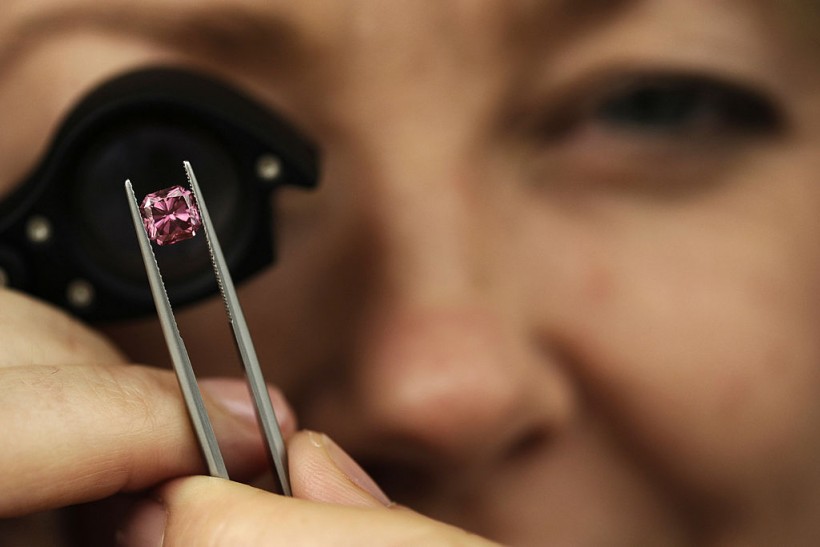Argyle mine has produced over 90% of the pink diamonds in the world. Now, researchers reveal that these colorful gems may have emerged following a supercontinental split.
Gemstone Formation
According to the analysis, the rocks in Argyle mine that bear diamonds may have formed roughly 1.3 billion years ago along the rift that split supercontinent Nuna apart.
Over the surface of the Earth, dull and soft graphite tends to form out of atoms. However, within the planet's upper mantle, the harsh conditions turn the element into dense and hard gemstones. These gems can leave the chthonic womb by joining magma that rapidly reach the surface.
Close to the surface, the material turns solid as volcanic rock vertical tubes, called kimberlite pipes. Most ethereal diamonds can be spotted within such formations.
But What About Pink Diamonds?
Though this story explains usual formation, it does not shed light on the Argyle mine and its rare and distinct pink diamonds. For diamonds to have such a pinkish hue, there must be something stronger that affects its absorption and transmission of light.
Aside from this, Argyle pipes are not kimberlite. Rather, they are lamproites, which are thought to have formed in shallow areas. The shallow origins of such lamproites could shed light on why kimberlites tend to lack loads of rich diamonds, with Argyle being the exception as its lamproites raised the treasures from its depths.
Argyle formation oddities have been a long-standing puzzle for geologists. In the recent study, the researchers dated apatite and zircon grains that fell within the lamproite back when it was still in a molten form. The specialists also examined titanite, which had a crystallization that was slightly later compared to lamproite.
The team then discovered that the formation of the lamproite took place around 1.3 billion years ago, which is around 100 million years earlier than previously thought. Hugo Olierook, who is from Curtin University, explains that when they got the age, he thought that the figures did not make sense, as this is when the first supercontinent experienced a split.
Split of Supercontinent Nuna May Have Triggered Pink Diamond Emergence
The Argyle mine is situated within a continental area where two plates collided with each other to form the supercontinent Nuna around 1.8 billion years ago. Olierook speculates that the smashing of the two plates could account for the unique pink tone of the diamonds.
After around 500 million years, the supercontinent drifted apart. This, in turn, reopened the closed wound. Olierook explains that this could have enabled the rosy gems to surface with magma.
Hence, the researchers posit that Nuna's breakup could have reopened the remnants of the platonic collision. This may have enabled rocks that bear diamonds to move through the region and foster the huge diamond deposit's formation.
The study also suggests that based on the chain of events, ancient continent junctions could be crucial to the discovery of pink diamonds and may guide future explorations.
RELATED ARTICLE: Mineralogist Discovers Mineral 'Davemaoite' Trapped In a Diamond From Earth's Mantle
Check out more news and information on Environment and Climate in Science Times.















